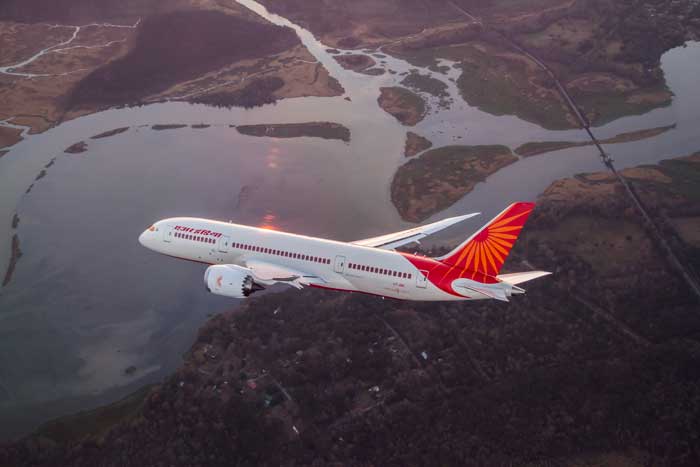The aviation regulator issued its July 14 directive following the preliminary investigation into the crash of Air India Flight AI171 on June 12, near Ahmedabad airport.
Air India has completed precautionary inspections on the locking mechanism of the fuel control switch (FCS) on all Boeing 787 and Boeing 737 aircraft in its fleet, the airline said in a statement on Tuesday.
Boeing 737 aircraft are part of the fleet of Air India Express, Air India’s low-cost subsidiary.
With this, the two carriers have complied with the directives of the aviation regulator, the Directorate General of Civil Aviation (DGCA), issued on July 14.
“In the inspections, no issues were found with the said locking mechanism. Air India had started voluntary inspections on 12 July and completed them within the prescribed time limit set by the DGCA. The same has been communicated to the regulator,” the statement said.
The DGCA issued its July 14 directive following the preliminary investigation into the crash of Air India Flight AI171 (Ahmedabad-London) on June 12, near Ahmedabad airport. The Aircraft Accident Investigation Bureau (AAIB) found that both engines lost thrust seconds after takeoff due to the FCS moving from run to cutoff, effectively cutting off the fuel supply to the twin-engine jet.
Cockpit voice recordings captured one pilot asking the other why the fuel was cut off, with the response being a denial, suggesting the switches may have moved unintentionally. This raised concerns about the locking mechanism of the FCS, which is designed to prevent accidental activation.
The DGCA’s directive required all Indian operators of Boeing 787 and 737 aircraft to inspect the FCS locking systems by July 21, referencing a Special Airworthiness Information Bulletin issued by the US Federal Aviation Administration (FAA) that had previously flagged potential disengagement risks.
While the FAA had not issued a mandatory directive, DGCA opted for a precautionary approach given the severity of the crash, which claimed 260 lives.


